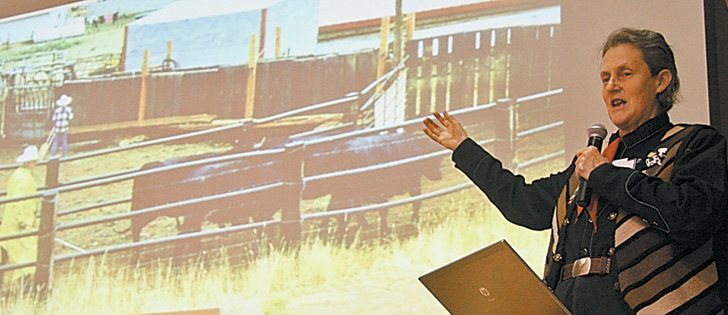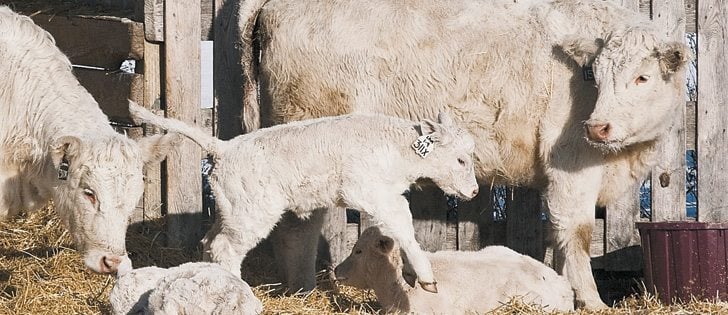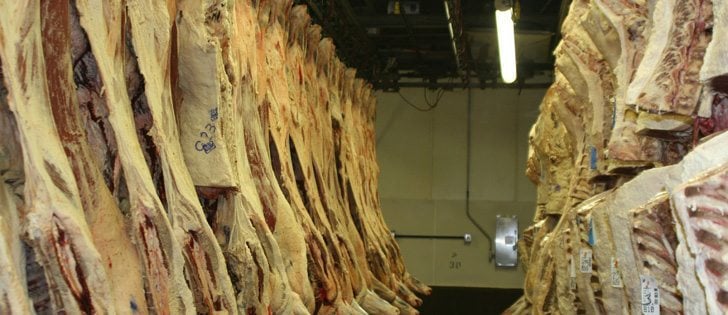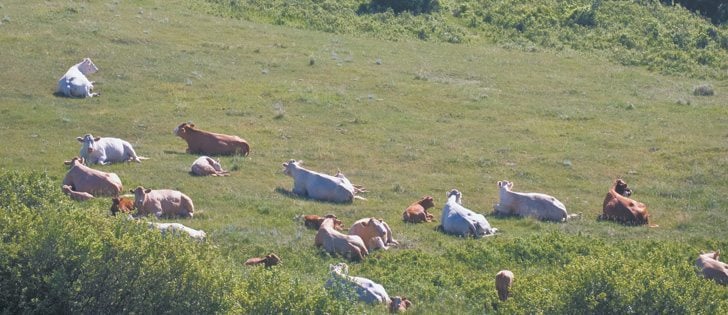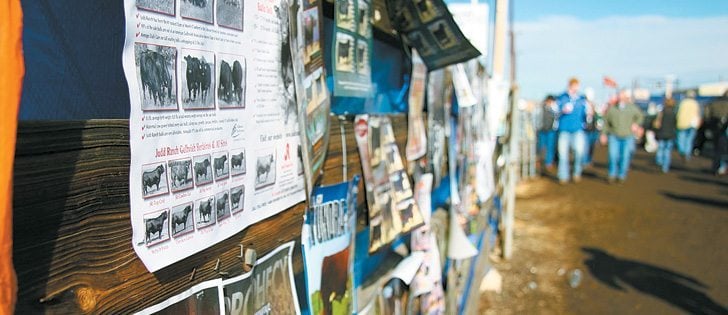BANFF, Alta. — Alberta Pork continues to push for a domestic hog pricing formula so farmers and packers share profits more equitably.
Alberta hogs are priced according to a complex mathematical formula calculating Midwest U.S. spot prices, carcass weights and currency differences. This is used because all of Canada’s live hog exports and about one-third of its pork are shipped to the United States.
“We’ve got to develop a different pricing system that can take into consideration the dramatic fluctuations in currency either way,” said Jim Haggins during the Banff Pork Seminar, held Jan. 17-20.
Read Also

Feds propose overhaul of chronic wasting disease control program
Chronic Wasting disease control program getting updated by Canadian Food Inspection Agency with feedback encouraged from producers.
“If we had revenue parity with Midwest U.S. producers and received the same gross dollars per pig produced for the same sized pig, we would have a good chance at maintaining profitability,” he said.
A profitable industry could also restore its old infrastructure and encourage new facilities to be built, he said.
Farmers could also start to repay debt that has accumulated in the last five years because of significant market volatility.
Alberta developed a hog price insurance program to help reduce the complexity of the markets and offer an Alberta risk management program. However, producers need to use it if it is to work effectively.
Alberta Pork hopes to offer more education programs on risk management programs, said Haggins.
A study released late last year confirmed Alberta prices are the lowest on the continent and made recommendations to improve the industry.
The Alberta Livestock and Meat Agency, working with consultants Serco Management and Informa Economics, examined the state of the industry and also looked at various pricing formulas.
Alberta has only one major packing plant.
Olymel in Red Deer operates at 50 percent capacity in a relatively high cost environment related to utilities, labour and distance to market.
Producers can ship to other plants or export to other provinces, which doesn’t help Olymel stay competitive.
Alberta’s Western Hog Exchange procures hogs for Olymel, and the report said its role should be evaluated so that it could offer a wider range of services to producers such as contracts.
Maple Leaf in Lethbridge offers forward contracts, but Olymel does not.
While the study said it may be difficult to devise a made in Canada formula, it also said producers and packers need to come to a better arrangement.
“It is our opinion that both sides need to seriously reconsider the current status, as it simply is not sustainable in the long run,” said the report.
“Any future adjustments need to start with elements that will increase trust and opportunities for the producers, while providing long-term commitment for access to hogs for the processors.”
Under the current system, many producers find the prices they receive do not cover their cost of production or provide an adequate return, said the study.
As well, the primary U.S. price that is used for establishing Canadian prices is not representative because 95 percent of American hogs are marketed through contracts or are packer owned. About five to seven percent are sold on the cash market.
Developing a Canadian system is also a challenge because each province uses different mechanisms and formulas. It is difficult to compare net producer hog prices between provinces because of the different means by which price premiums and discounts are calculated and applied.
The study suggested various pricing schemes:
- a cost of production based price
- refined formula prices off the U.S. market
- formula prices that link to both U.S. and Asian export pricing
- formula prices that incorporate some element of pork product valuation not currently captured
- formula prices directly off Canadian wholesale pork prices.
Alberta is the only province that marketed fewer hogs in 2010 than it did in 2000. It is selling 10 percent fewer.
Alberta slaughter at provincially inspected plants is about 100,000 per year. In total, when combined with federally inspected plants, the province processes 2.62 million per year.
Canada slaughtered more than 21.1 million hogs in 2010.
Saskatchewan and Manitoba combined figures reported more than five million killed in the same period.
The major processing plant in Alberta is the Olymel plant in Red Deer with a designed double shift capacity of 90,000 hogs per week, although it has seldom processed more than 45,000 head per week. Current weekly production is estimated at 32,000 to 35,000 head, as indicated by Olymel.
The province has three other smaller federally inspected plants at Maple Leaf in Lethbridge, Trochu Meats in Trochu and Sturgeon Valley in St. Albert.




